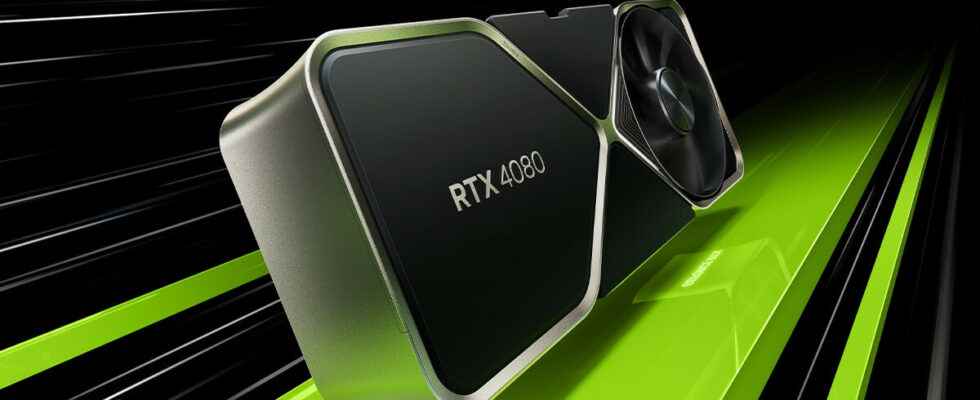AMD’s long-awaited RX 7900 XTXi was introduced, and considering its price, many players RTX 7900 XTX with Nvidia’s RTX 4080He will make a difficult decision between
The RX 7900 XTX simply offers better value, and while the RTX 4080 has better features and ray tracing support, AMD still tops out given how cheap its GPU is. I’ll review the specs, performance, ray tracing, and more here, but be sure to read my RTX 4080 review and RX 7900 XTX review for a complete look at these graphics cards.
Technicial Specifications
Comparing the specs of the RX 7900 XTX and RTX 4080 is difficult because most of them mean nothing. For example, AMD’s GPU includes more ray tracing cores, but as we’ll explain later, Nvidia still provides much better ray tracing performance. Still, there are some key differences between the RX 7900 XTX and the RTX 4080 according to the specs.
| RX 7900XTX | RTX 4080 | |
|---|---|---|
| Architectural | RDNA3 | Ada Lovelace |
| Process | TSMC 5nm + 6nm | TSMC N4 |
| artificial intelligence accelerators | 192 | no |
| ray tracing accelerators | 96 | no |
| ray tracing cores | no | 76 (3rd generation) |
| Tensor kernels | no | 304 (4th generation) |
| Memory | 24GB GDDR6 | 16GB GDDR6X |
| Memory speed | 20Gbps | 21Gbps |
| Memory bus size | 384 bits | 256 bit |
| Increase clock speed | 2.3GHz | 2.5GHz |
| Connection support | Display Port 2.1 | Display Port 1.4a |
| Total card power | 355W | 320W |
| List price | 1,000 dollars | $1,200 |
The first is memory. AMD’s RX 7900 XTX packs 24GB of memory compared to the RTX 4080, which only has 16GB. However, Nvidia uses faster GDDR6X memory. For gaming at least, the balance of speed and bus width means the RTX 4080 and RX 7900 XTX are largely on par, but VRAM-heavy applications will certainly benefit from the increased capacity of the RX 7900 XTX.
It is also important to pay attention to the connection standard. Nvidia for the RTX 4080, which can continue to run high-end displays like the Samsung Odyssey Neo G8 in 4K at 240 Hz DisplayPort 1.4 lags a little behind. RX 7900 XTX could be important for PC gamers in the future DisplayPort 2.1supports .
Especially VR gamers and those who want to use the first 8K gaming monitors will need DisplayPort 2.1. The difference between DisplayPort 1.4 and 2.1 is not significant right now. However, for six months to a year, this can be a vital difference if you want to pair your high-end GPU with an equally high-end monitor.
Pricing plays an important role
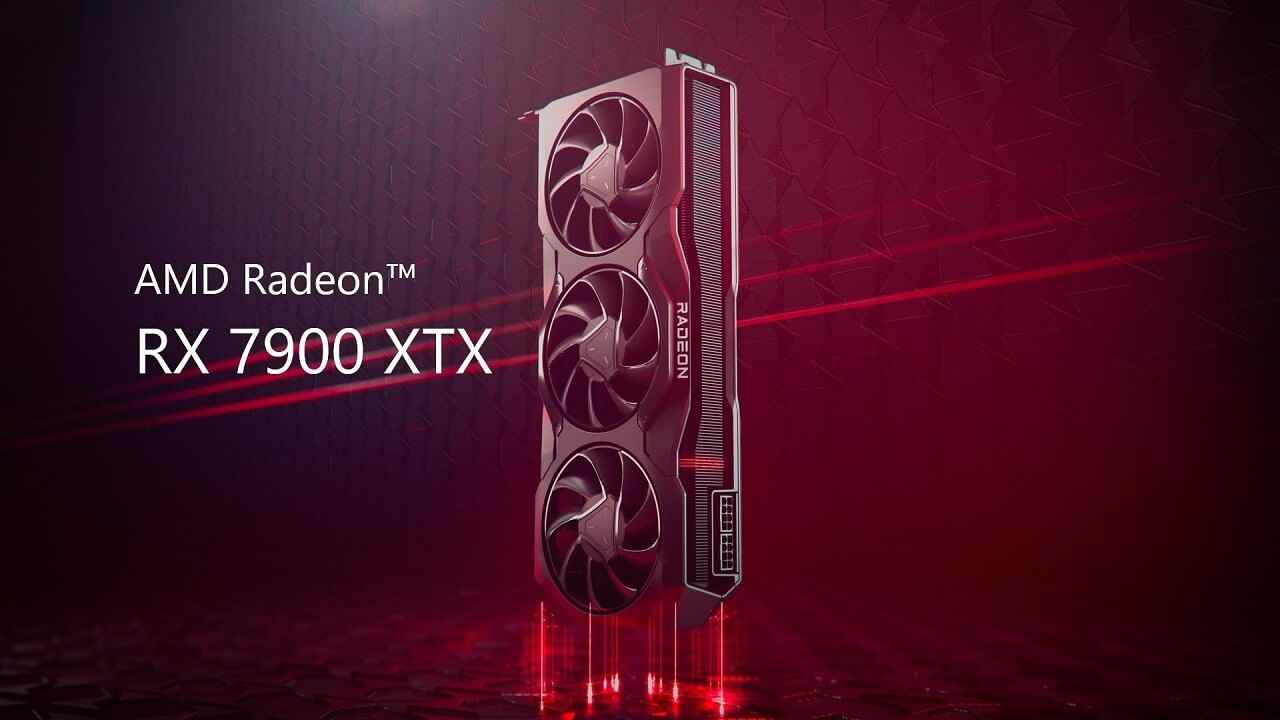
Pricing is the main factor that separates the RTX 4080 and RX 7900 XTX. The RTX 4080 launched with a list price of $1,200, but cards from most brands sell for around $1,300 to $1,400. The RX 7900 XTX costs $1,000, though it’s currently unclear how much the brands’ cards will sell for. They’ll likely sell for around $100 above list price.
At somewhere between $200 and $300, it separates the two GPUs and can go up to $400 depending on the models you choose. The point is that the RX 7900 XTX is significantly cheaper. Even at $200 above list price, you’ll spend more on the cheapest RTX 4080 than on the RX 7900 XTX.
The differences in pricing may seem small to you, but when you convert them to Turkish Lira, this difference will be quite obvious.
Rumors say that Nvidia may lower the price of the RTX 4080 in the future. That’s not confirmed at this time though, and even if Nvidia drops prices, that doesn’t really mean the models you can buy will do the same. The price you pay is generally different from the price set in the world of graphics cards, and on this front AMD wins. Our month-to-month follow-up of GPU prices has consistently shown that AMD cards sell for less than Nvidia, and this generation should be no different.
Comparable performance in most games
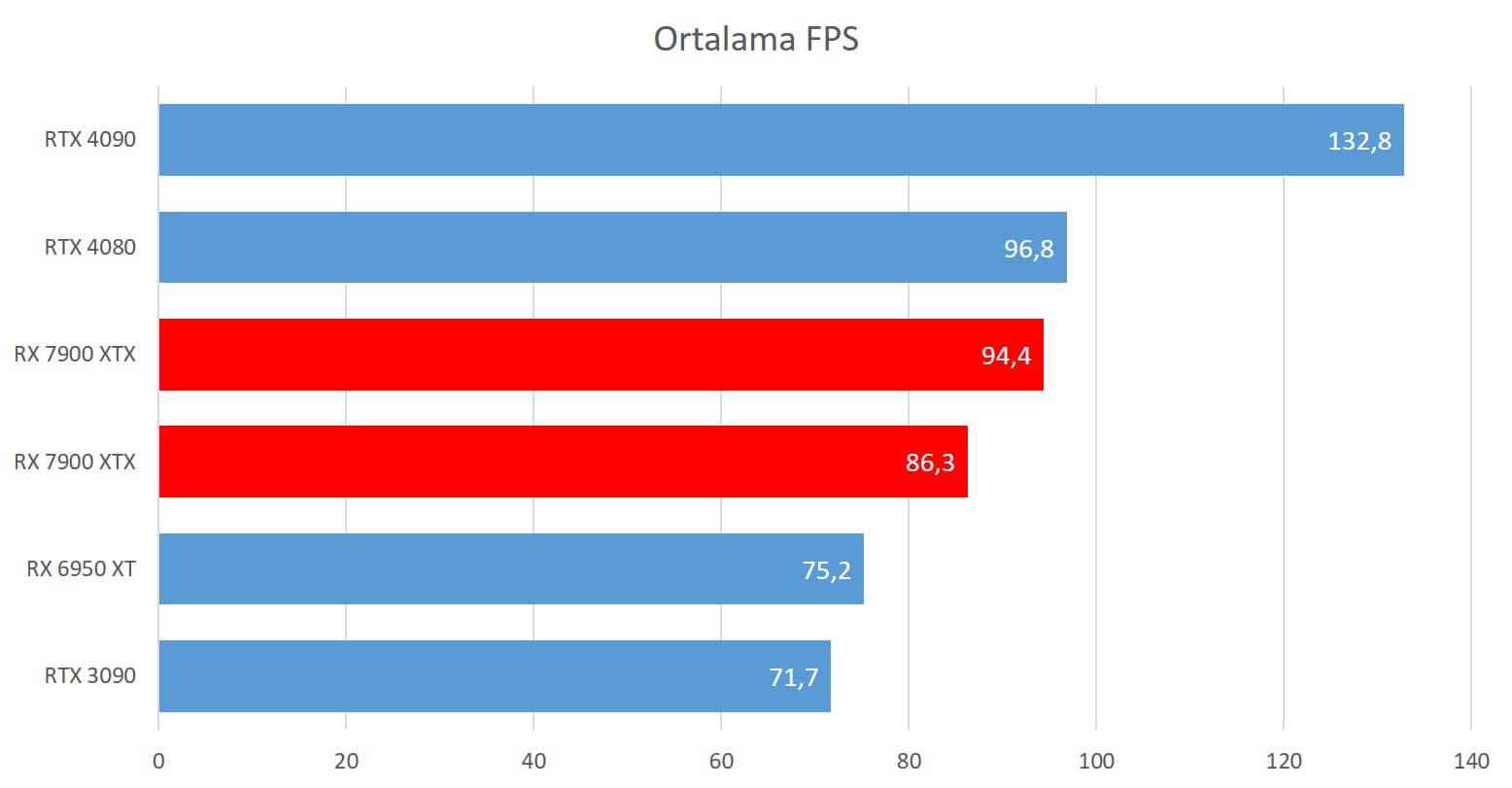
In our gaming suite, the RX 7900 XTX is only 2% slower than the RTX 4080. This includes some gains and some serious losses for AMD’s card. It’s fair to say that they perform on par with the RX 7900 XTX, which offers a much better value.
While the RX 7900 XTX offers much better value, it’s still on par with the RTX 4080. In some games like Cyberpunk 2077 and Red Dead Redemption 2, AMD’s card actually outperforms the RTX 4080 and for less money. Still, in games like Forza Horizon 5 and Horizon Zero Dawn, Nvidia leads by a solid margin.
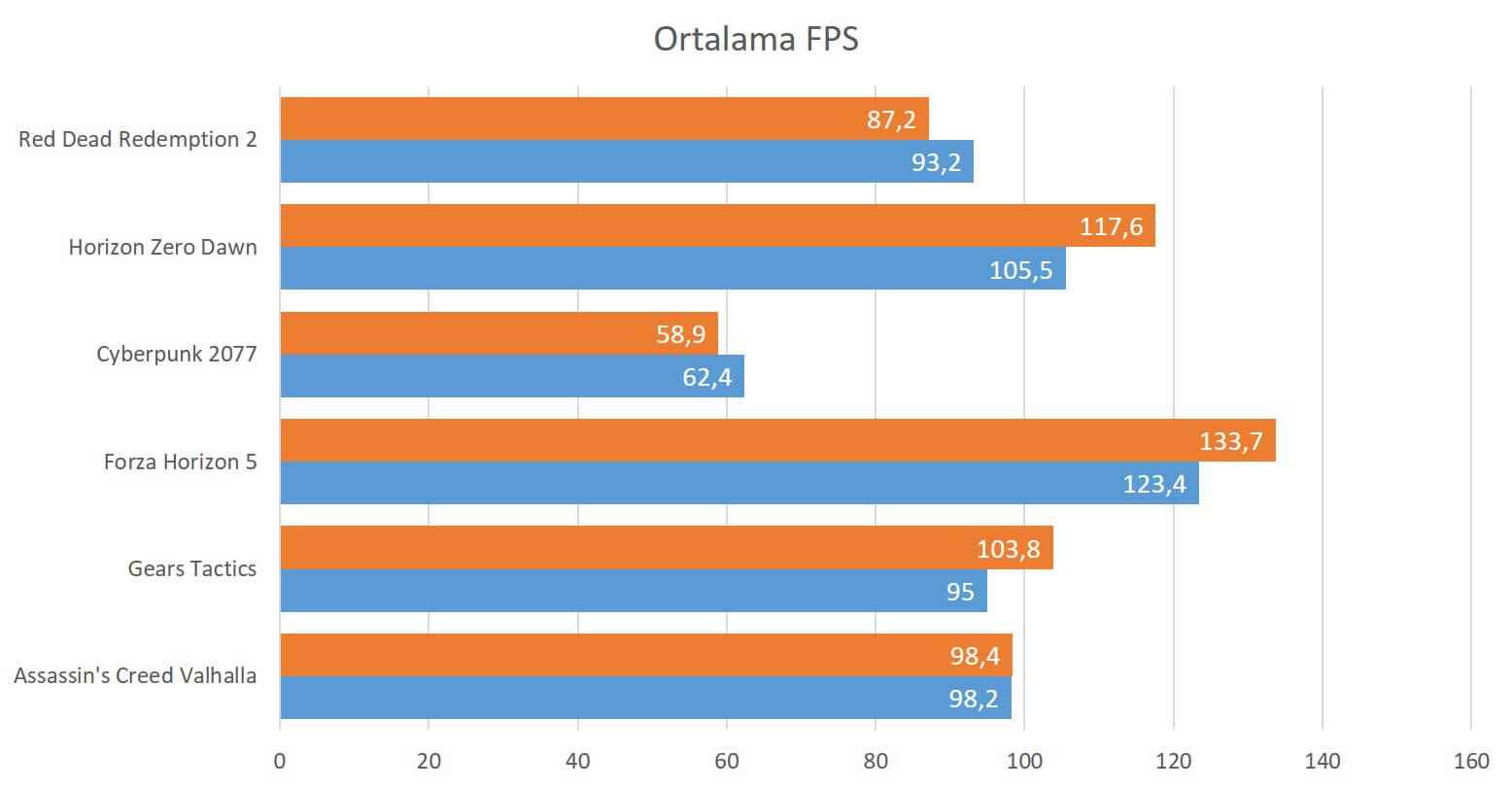
Down to 1440p, the dynamic between the RX 7900 XTX and RTX 4080 remains the same under different conditions. The RX 7900 goes further where the XTX leads, and where the RTX 4080 leads at 4K, the difference is closer at 1440p.
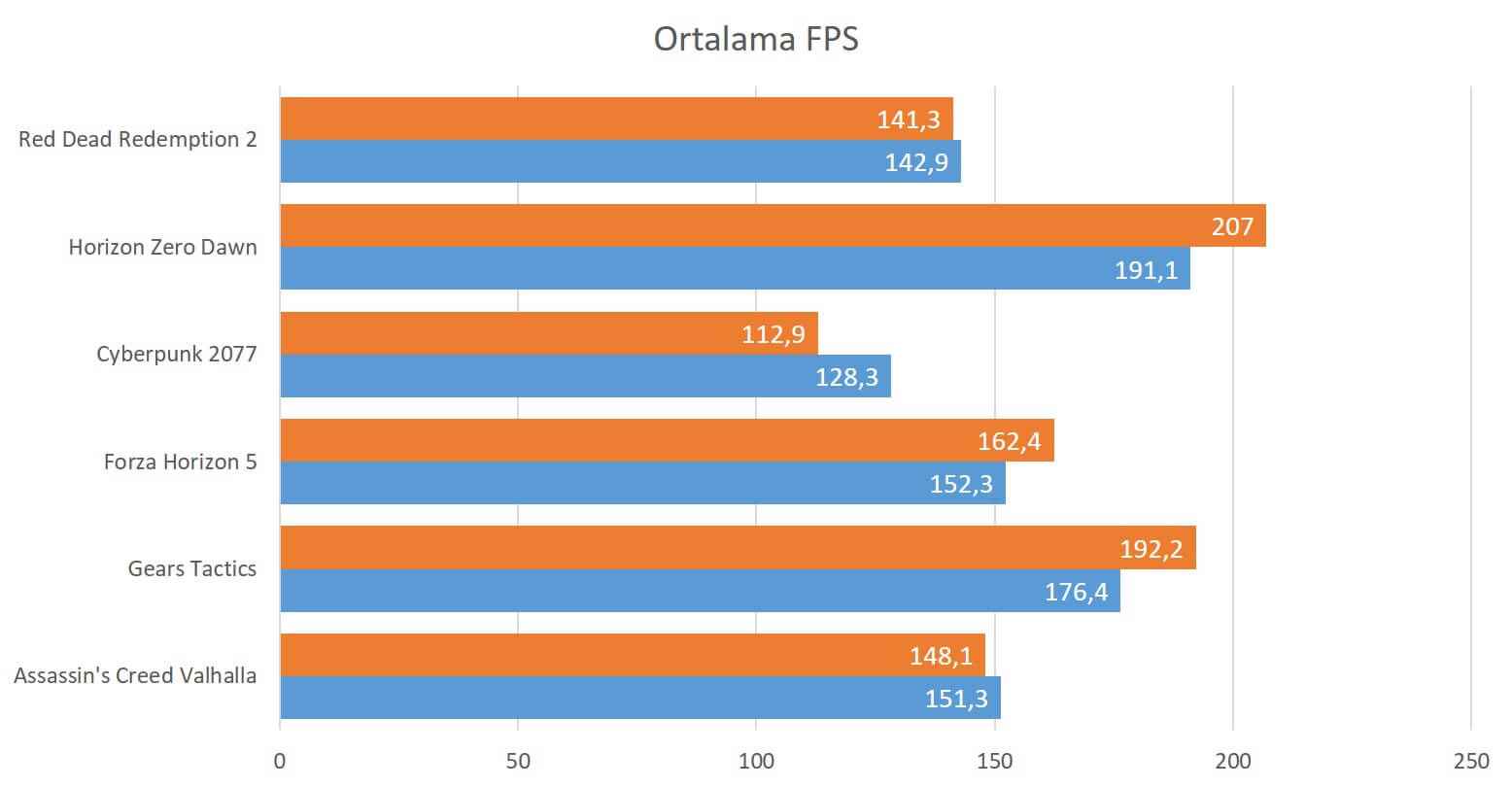
AMD has another win in Assassin’s Creed Valhalla, taking the lead in Cyberpunk 2077 with a 6% lead at 4K, up to 14% at 1440p. On the other hand, the lead from about 12% for the RTX 4080 in Horizon Zero Dawn drops to 8% at 1440p.
In raw gaming performance, the RTX 4080 and RX 7900 XTX are equally matched, with a slight edge over both cards depending on the game you’re playing. This puts all the emphasis on the price, and on that front, AMD is the clear winner.
Ray tracing and DLSS can make a difference
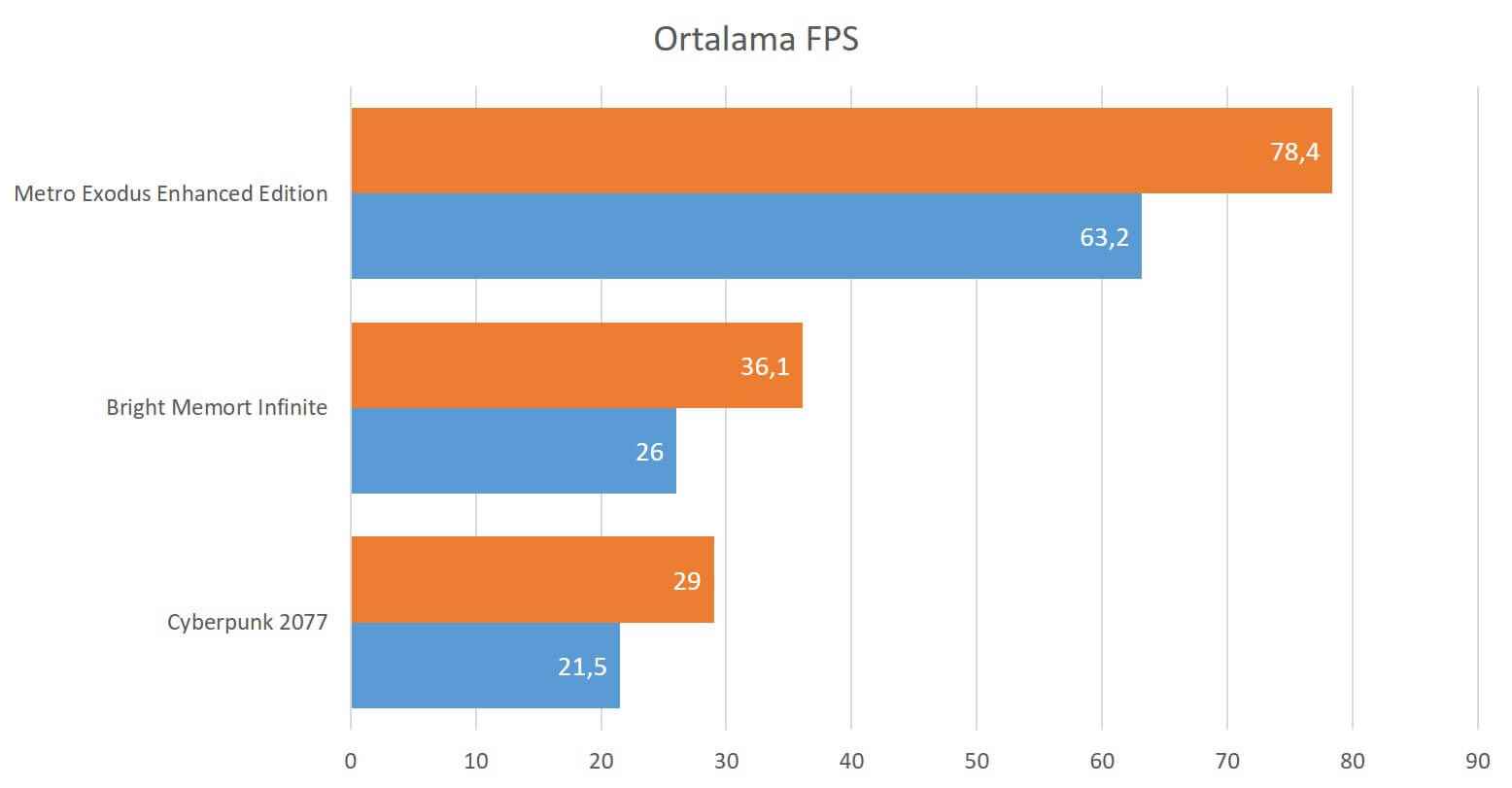
The RX 7900 XTX and RTX 4080 start to diverge when you factor in ray tracing. Nvidia has cornered the market with ray tracing, and AMD’s RX 7900 XTX isn’t changing that. In the chart above, you can see that the RTX 4080 consistently provides better ray tracing performance at 4K.
AMD is much more competitive this generation than previous generations, but Nvidia has a lead in overall ray tracing performance. This may be important to some, but the more important feature that sets the RTX 4080 apart is Deep Learning Supersampling (DLSS).
DLSS provides upscaling and AMD has FidelityFX Super Resolution (FSR), which is slightly lower than what DLSS offers. However, the RTX 4080 also supports DLSS Frame Generation. This creates new frames to increase your frame rate in demanding games like Portal RTX and Cyberpunk 2077, allowing the RTX 4080 to deliver much higher performance in supported games than the RX 7900 XTX can manage.
AMD is working on FSR 3, which also includes frame rendering, but we don’t know much about it at this point. It’s best not to base your buying decision on the FSR 3 because it’s probably still months away from release and we have no idea how it performs or looks.
DLSS Framing and ray tracing help justify the RTX 4080’s high price. However, these additions are not important to everyone. If you don’t care much for ray tracing and are looking for the best raw performance at the best value, still AMD’s RX 7900 XTX would be the winner in this comparison.
RX 7900 XTX for most, RTX 4080 for some
AMD’s RX 7900 XTX is the better GPU for most people. It offers similar performance to the RTX 4080 at a lower cost. You get much better value without sacrificing performance, or at least these sacrifices are offset by the performance gaps seen in the RTX 4080.
Some gamers want the cutting edge, and for this group, the RTX 4080 is still the way to go. It’s expensive, but AMD currently doesn’t have a convincing answer for DLSS Frame Generation or high ray tracing performance. The RX 7900 XTX is capable of ray tracing, but if you want to flip all the ray tracing sliders just to say you’ve done it, Nvidia is the right way to go.
